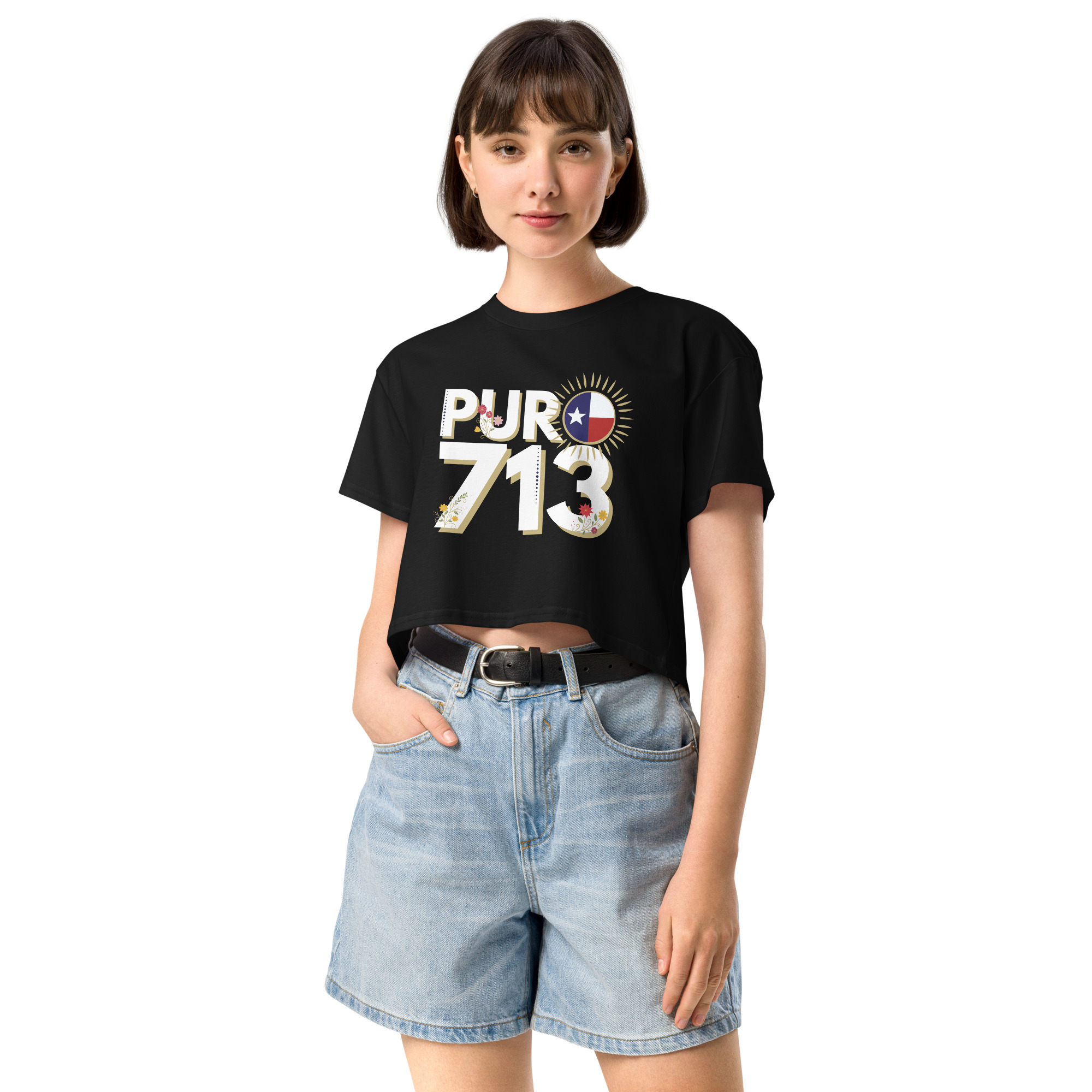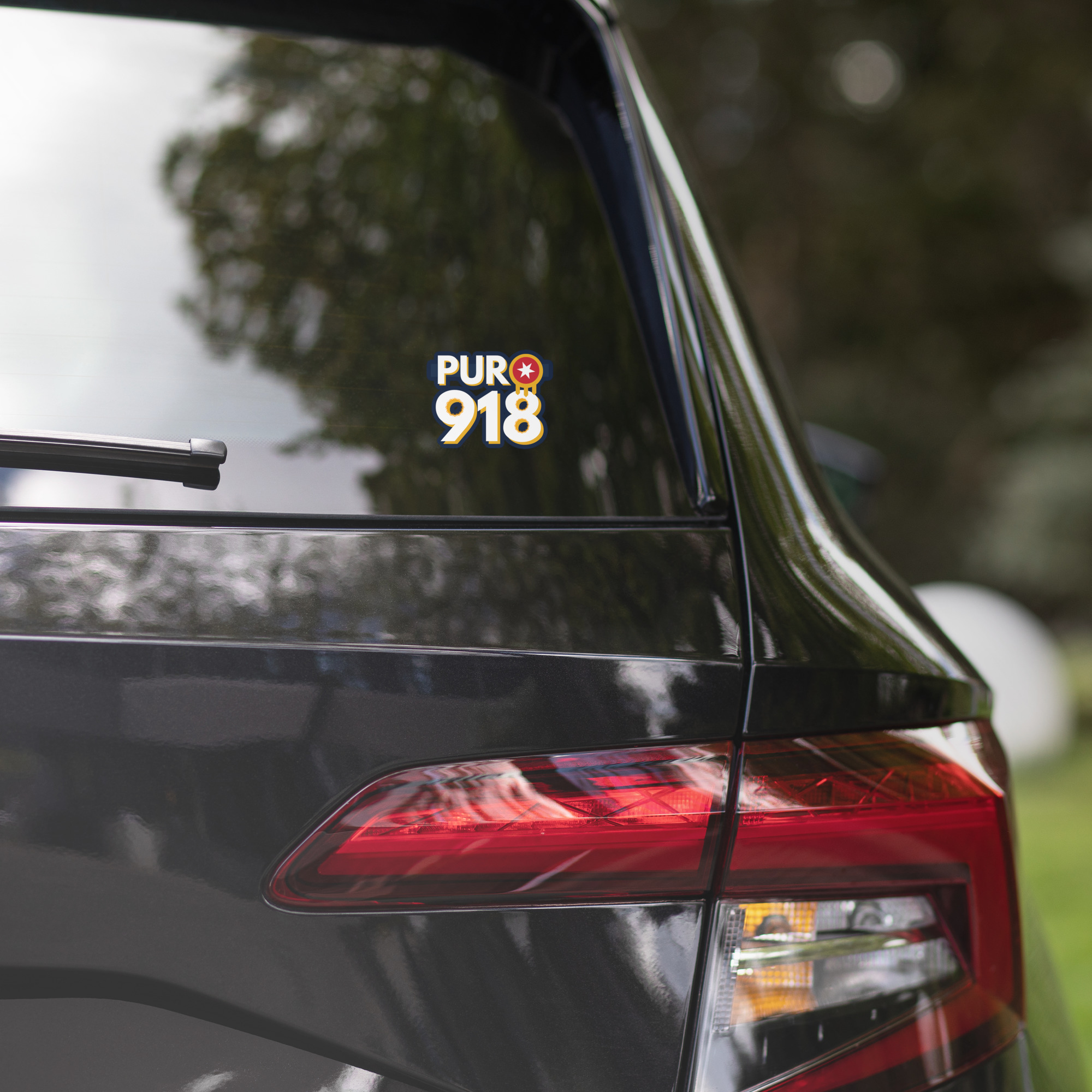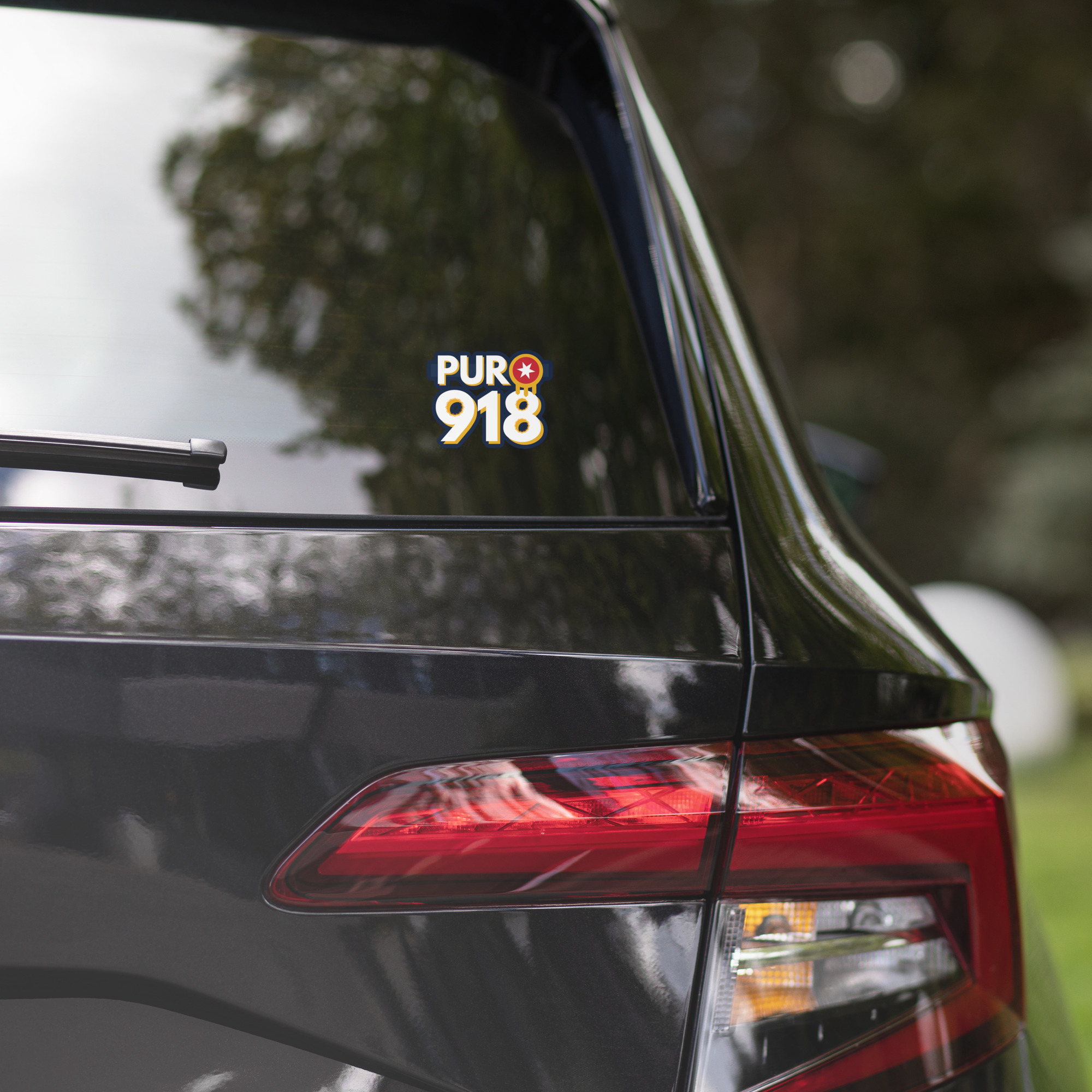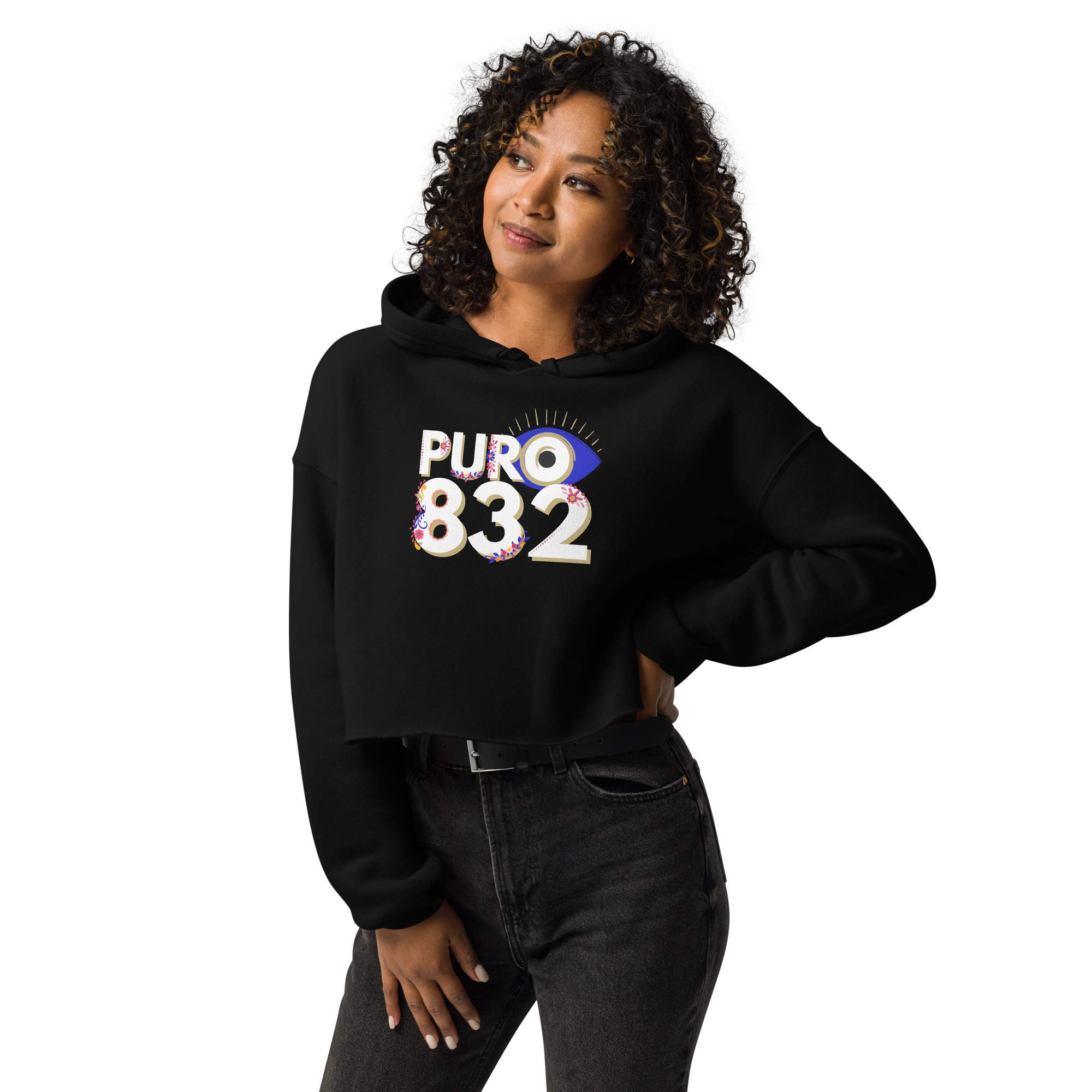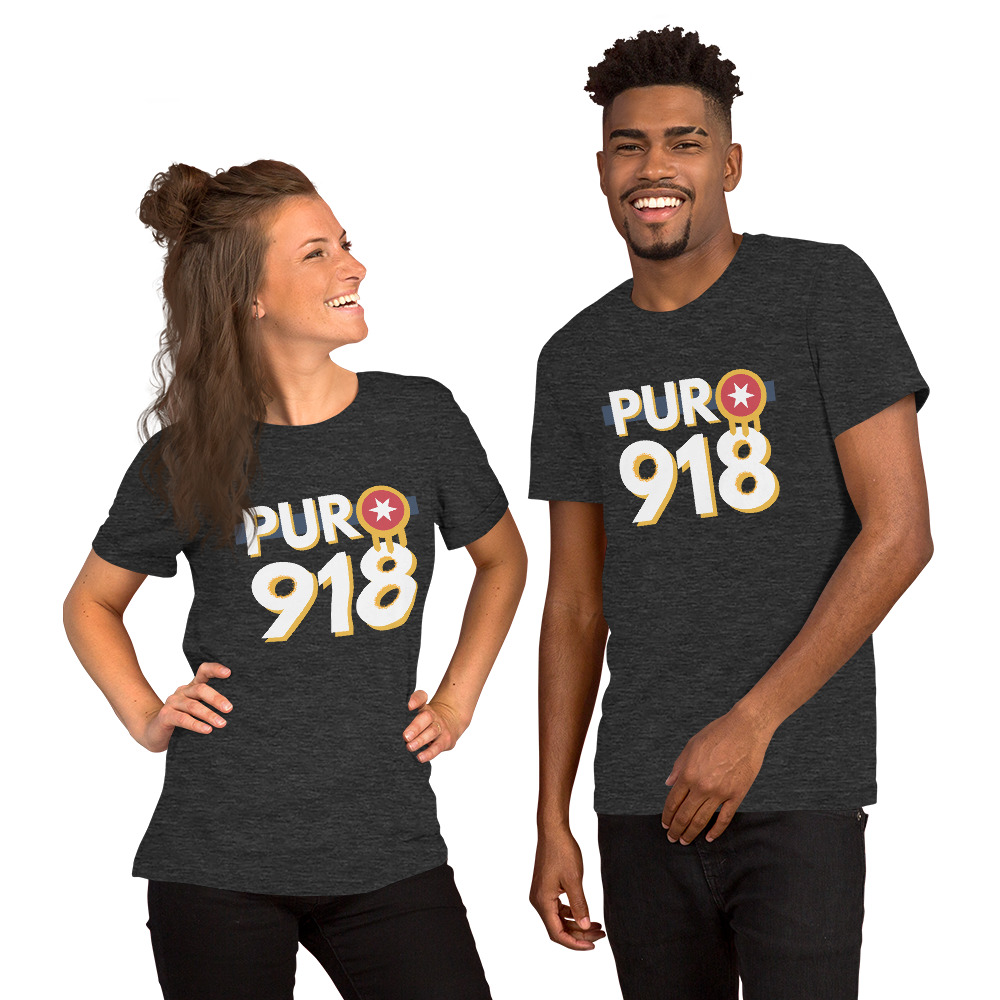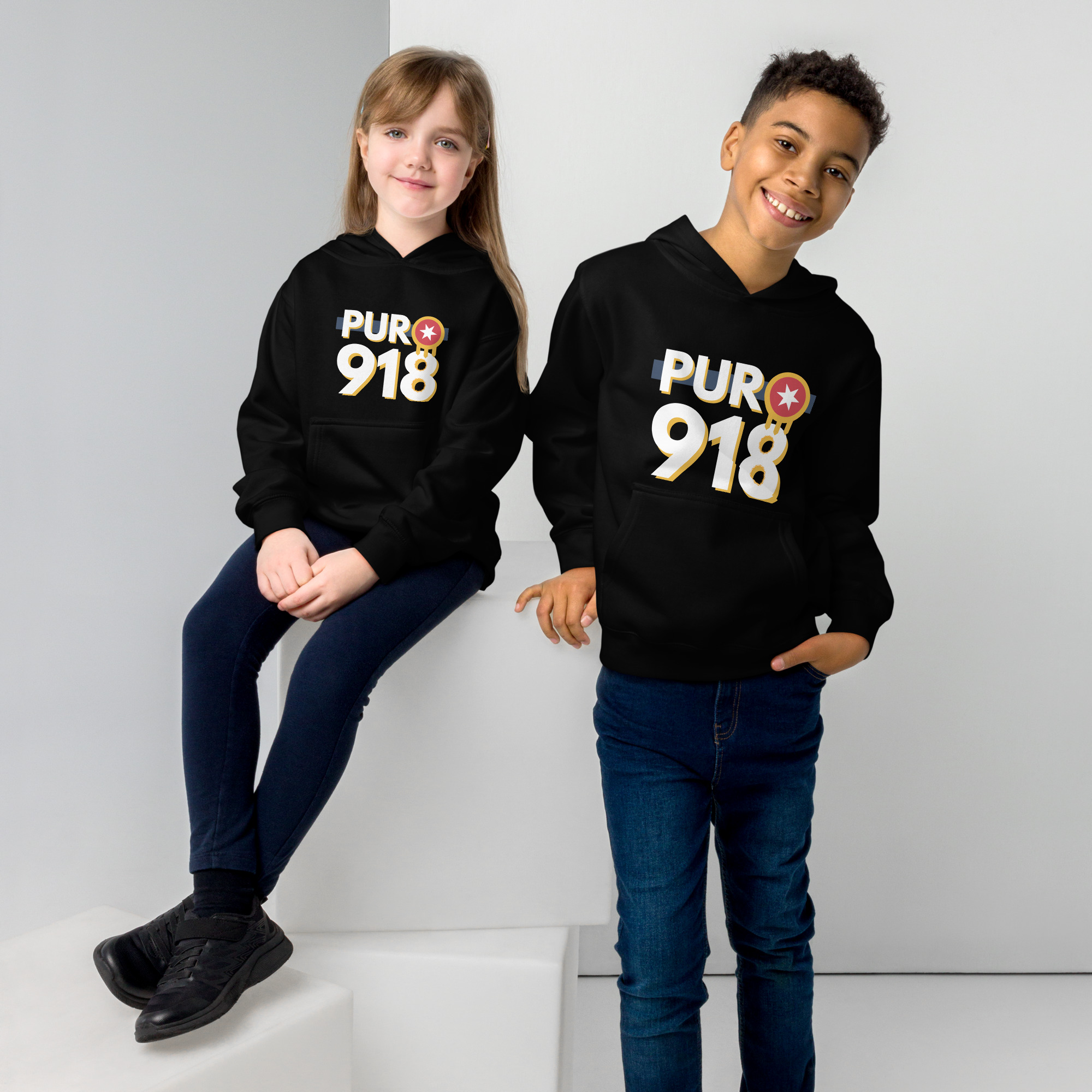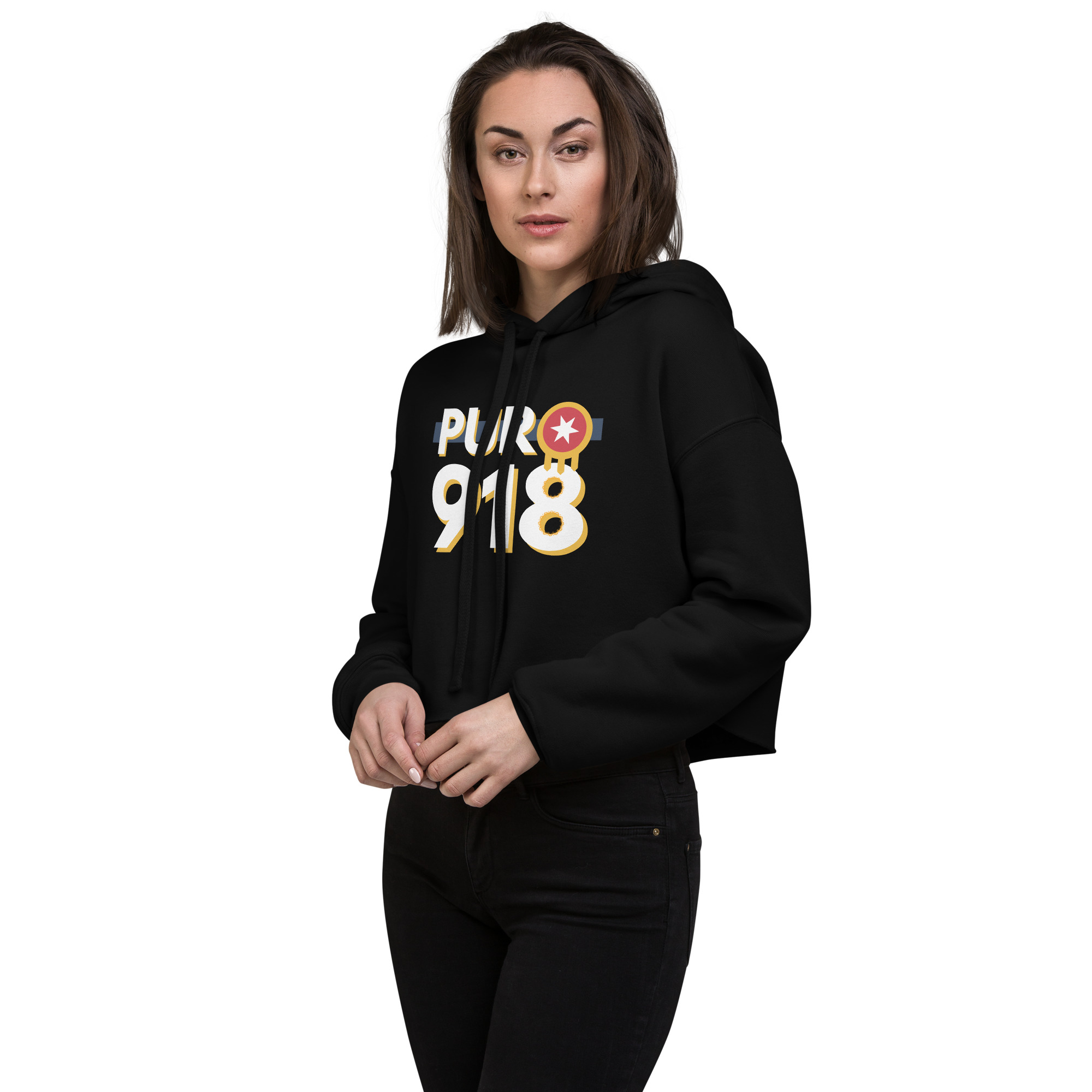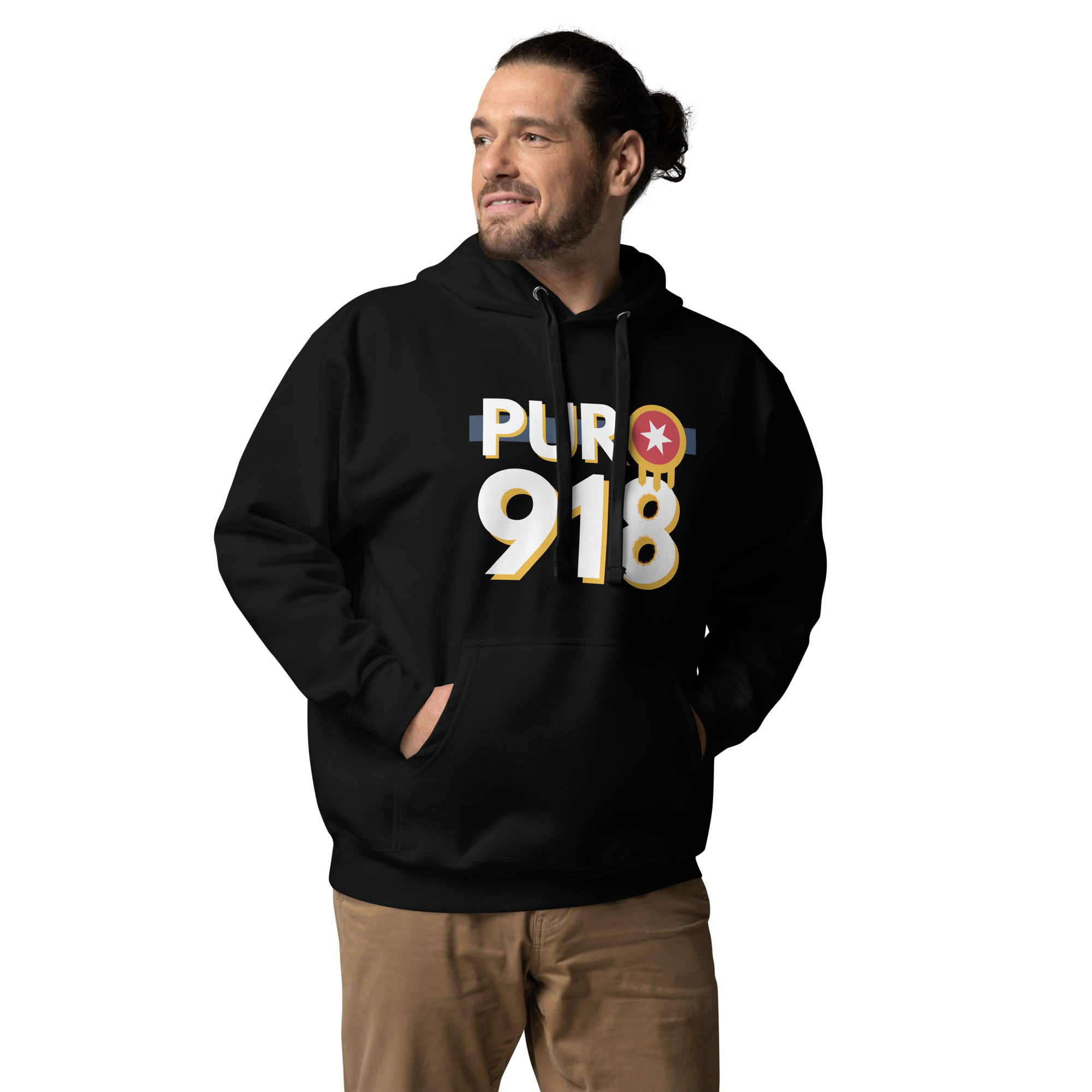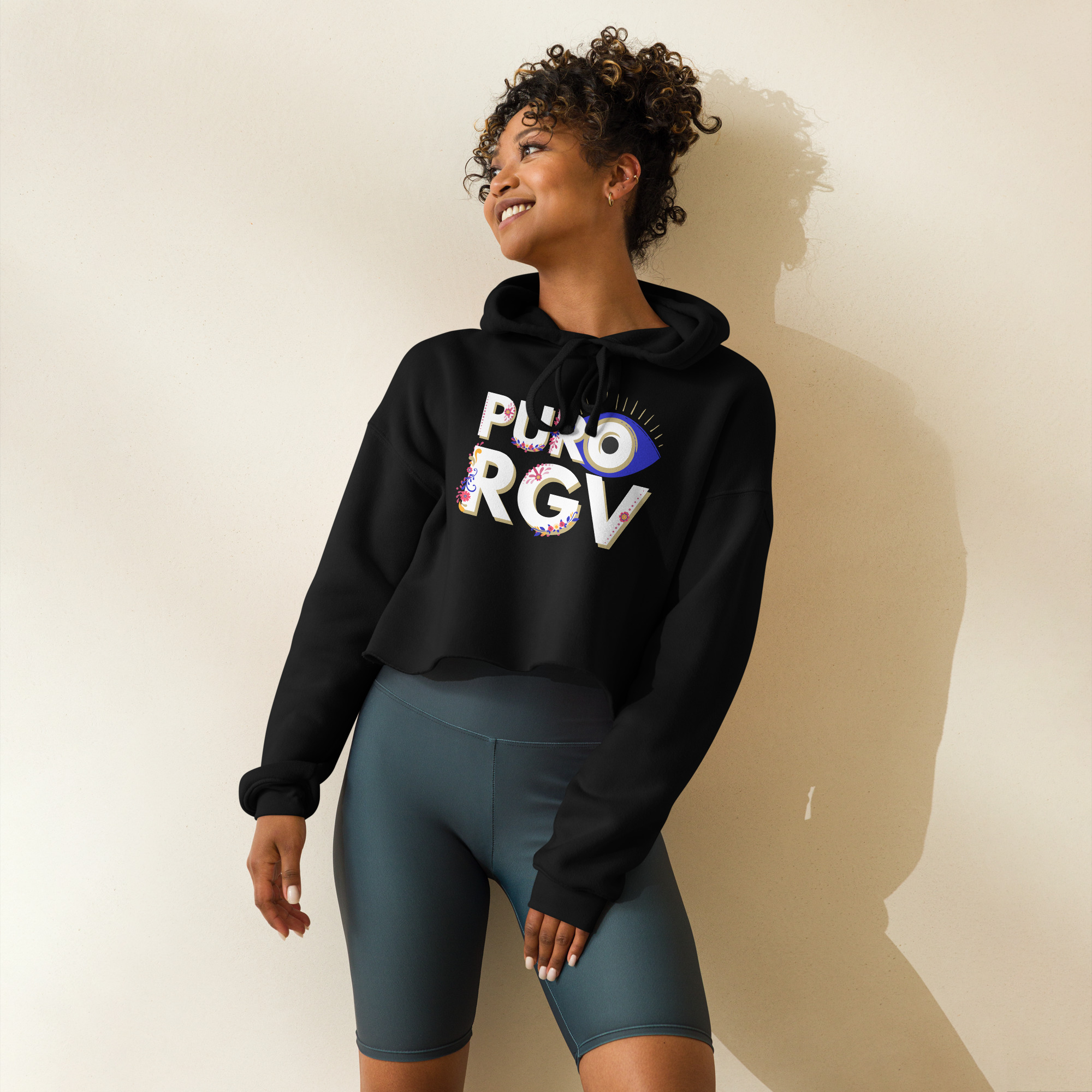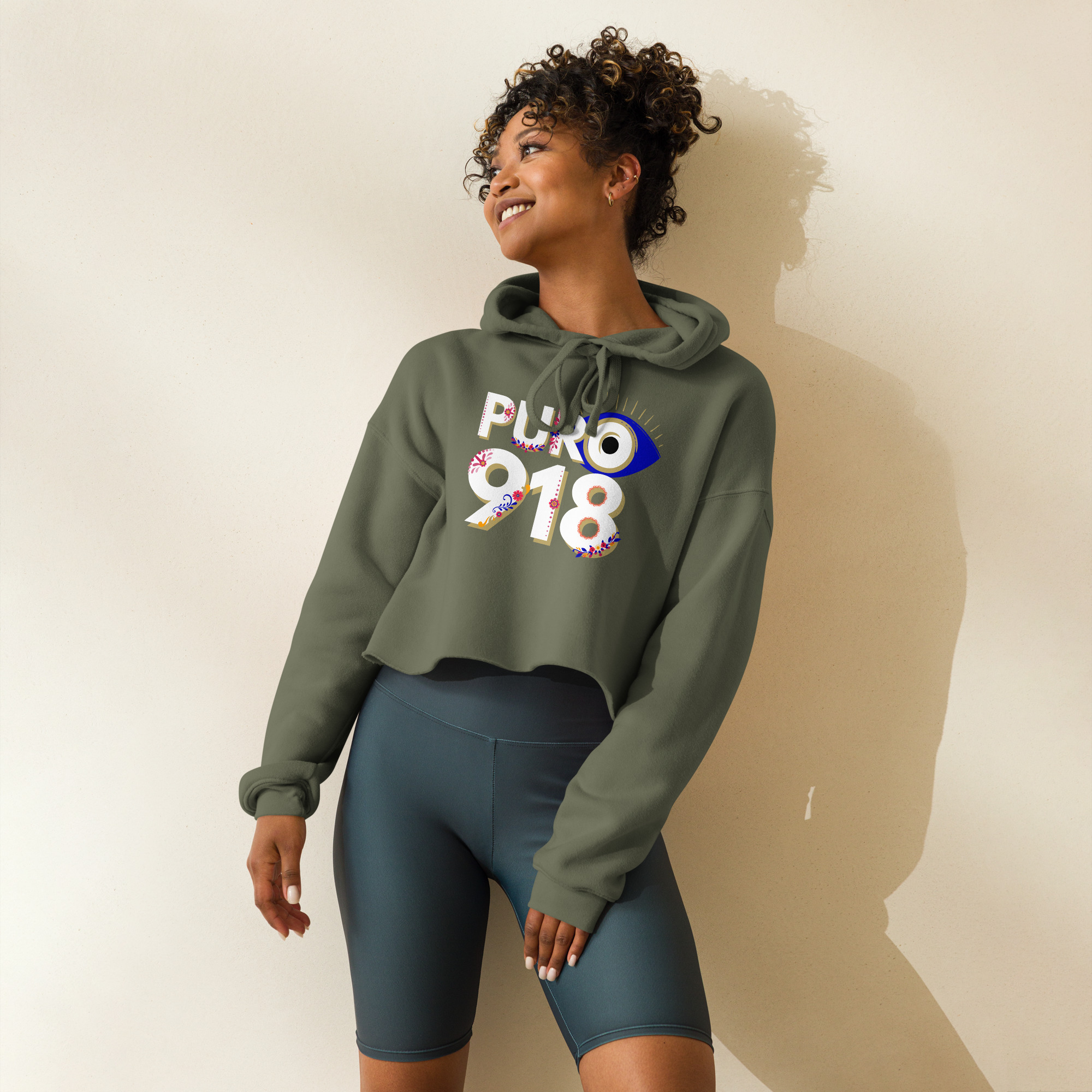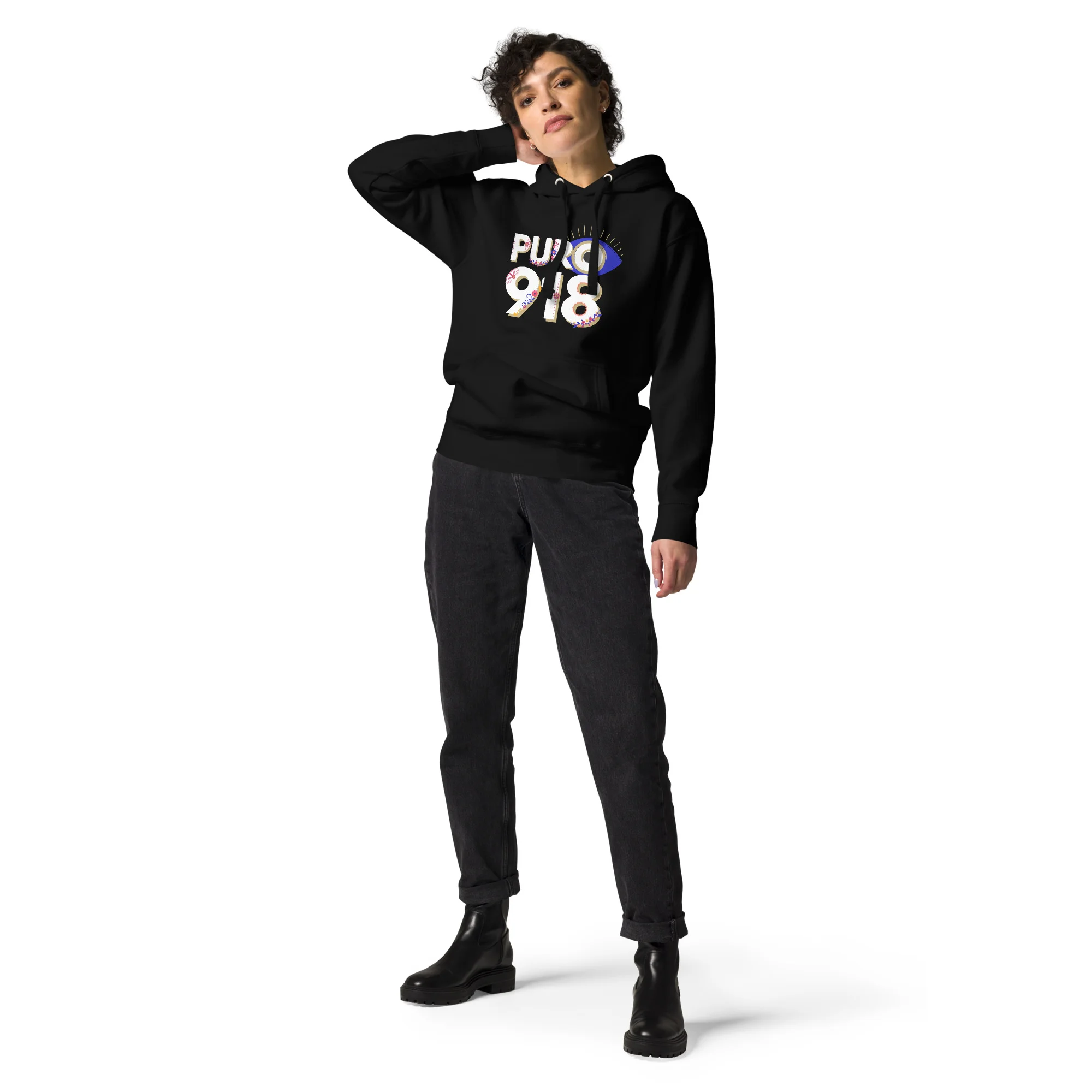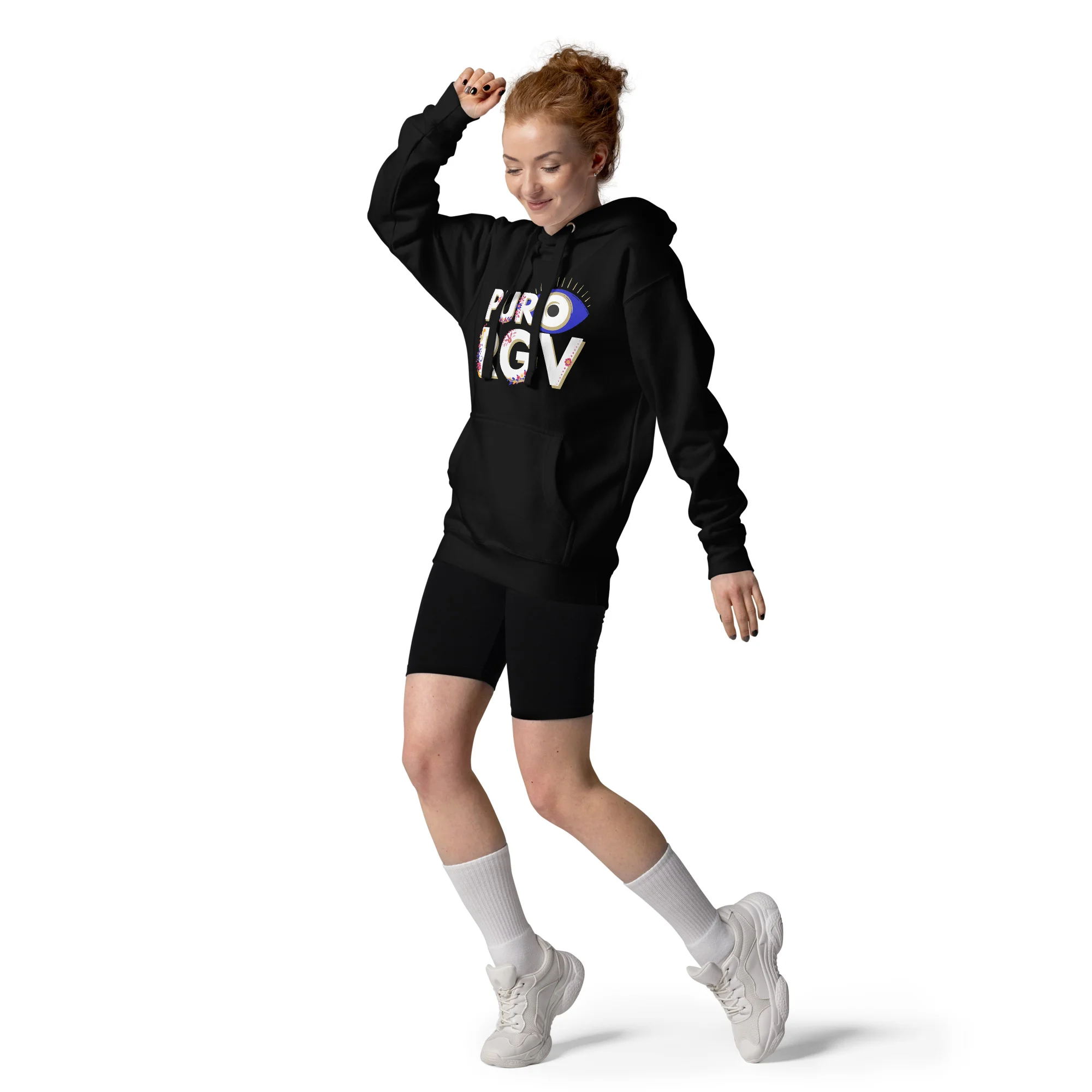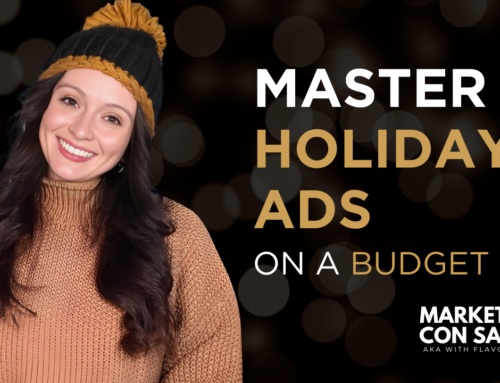Explore the intricate world of digital advertising for small business owners. In this episode of Marketing con Sabor, I discuss the critical connection between digital ad spending and its impact on sales, especially as we gear up for the holiday season. We examine Meta’s ad platforms and various ad types, including click-throughs, video views, and lead generation, highlighting their roles in maximizing ROI. I share a personal story about a campaign that played a part in the creation of Facebook’s lead generation ad, illustrating the importance of safeguarding customer information. For e-commerce brands, understanding the significance of tracking ads to checkout processes is emphasized to accurately calculate ROI and enhance customer journeys.
Listen in as we focus on optimizing digital ad performance by refining audience targeting and engagement strategies. We’ll dissect the stages of the sales funnel—know, like, trust, try, buy, repeat, and refer—exploring how to close the loop from free samples to purchase. We’ll talk about creating lookalike audiences and targeting existing customers with special offers to boost revenue. You’ll gain insights into the importance of creative content and strategic ad placement, ensuring your marketing strategy is aligned with customer journey stages to facilitate conversions.
Finally, we’ll unravel the importance of patience and strategic planning when running digital ad campaigns, particularly on Facebook. With an emphasis on A/B testing and industry benchmarks, you’ll learn how to assess ad performance by testing variables like audience and creative content. Discover the significance of a seamless checkout process, the impact of integrating payment options like Apple Pay, and the value of collaboration between digital ad managers and web developers. By embracing these strategies, small business owners and marketers can maximize their ad spend and achieve desired results, even during peak periods like the holidays.
Where to dive in:
(0:00:00) – Small Business Digital Ad Analytics (8 Minutes)
This chapter focuses on the crucial connection between digital ad spending and its impact on sales, particularly for small business owners. As we gear up for the holiday season, I explore how to effectively understand and interpret analytics for digital ads, with a spotlight on Meta’s ad platforms. We discuss various ad types such as click-through, video views, lead generation, and ads optimized for sales, emphasizing their roles in maximizing return on investment (ROI). I share a personal story about a past campaign that influenced the creation of Facebook’s lead generation ad, illustrating the importance of safeguarding customer information and the potential of engagement ads. For e-commerce brands, I highlight the necessity of tracking ads to checkout processes to accurately calculate ROI, stressing the value of investing in proper tracking setups. This chapter serves as a guide for marketers and small business owners to navigate digital advertising with an understanding of customer journeys and sales funnels.
(0:08:20) – Maximizing Digital Ad Performance (5 Minutes)
This chapter focuses on optimizing sales funnels and digital ad performance by understanding audience targeting and engagement strategies. We explore the critical stages of the sales funnel: know, like, trust, try, buy, repeat, and refer. Emphasizing the importance of closing the loop from free samples to purchase, I discuss strategies for targeting existing customers with special offers and upsells to boost revenue. Creating lookalike audiences from current customer lists can help reach new potential buyers. I stress the importance of understanding who you’re targeting, the offers presented, and ensuring the creative content is optimized. By strategically analyzing and targeting ads, we can enhance conversion rates and overall sales performance.
(0:13:01) – Optimizing Ad Creatives for Conversions (6 Minutes)
This chapter focuses on optimizing ad performance by evaluating the creative elements of your marketing strategy. We explore essential components such as headlines, images, and videos, emphasizing the importance of calling out your target audience and utilizing transformation language in your call to action. We discuss how to cut through social media noise, especially during an election year, by ensuring your creative stands out. We also cover the significance of aligning your ad with the customer journey stages, from building trust to facilitating purchase. Additionally, we highlight the importance of a seamless checkout process, using examples like the positive impact of integrating Apple Pay, to ensure conversions and ease of purchase for your customers.
(0:18:41) – Analyzing and Optimizing Digital Ad Performance (11 Minutes)
This chapter focuses on the critical elements of digital advertising, emphasizing the importance of understanding the ad process and analytics to drive conversions effectively. We explore how to identify potential weak points in an ad campaign, such as the audience, creative content, or landing page, and how each component impacts overall performance. Key insights include recognizing the role of the ad type, ensuring the offer aligns with the audience’s stage in the sales funnel, and the significance of optimizing each step from the ad to the landing page. We highlight the need for marketers to utilize platforms like Meta Ad Manager to track and optimize ads better, rather than simply boosting posts without strategic insights. By examining conversion rates and engagement metrics, businesses can refine their strategies to achieve desired outcomes, whether it be lead generation or direct sales.
(0:29:31) – Optimizing Ad Performance With Patience (3 Minutes)
This chapter explores the importance of patience and strategic planning when running Facebook ads, particularly for small business owners and marketers. We discuss the need to allow at least 72 hours for ads to optimize before assessing their performance. Understanding your audience and where they are in the sales funnel is crucial, as is choosing the right ad type to match your desired conversion goal—whether it’s click-throughs, lead generation, video views, or engagement. We also highlight the significance of compelling creative content that clearly communicates the transformation offered and the call to action. For e-commerce brands, it’s essential to ensure the technical setup for tracking sales and optimizing the checkout process, possibly incorporating payment options like Apple Pay or Google Pay to facilitate seamless mobile transactions.
(0:32:32) – Testing and Optimizing Digital Ad Performance (3 Minutes)
This chapter explores the intricacies of optimizing digital ad campaigns by focusing on conversion rates and aligning them with industry benchmarks. We emphasize the importance of allowing ads to optimize over time, typically 72 hours, before evaluating their performance. If conversion rates are below benchmarks despite decent click-through rates, it’s crucial to examine the audience and ad creative. The key strategy is to test one variable at a time, either the audience or the creative, to identify the root cause of underperformance. A/B testing is recommended for making these assessments. If the ad meets benchmarks but still doesn’t translate to sales, attention must shift to the landing page or conversion funnel. The chapter highlights the necessity of collaboration between digital ad managers and web developers to ensure seamless integration and continuous testing. Patience and preemptive planning, especially before peak periods like holidays, are crucial for maximizing ad spend and achieving desired results.
Free Discovery Call
You are booking a Discovery Call with Samantha! Woohoo!
During this call we will dive deep into your marketing or podcasting needs.
There is no fee for this conversation. This call is so I can get a full picture of your needs to see if we are a good fit and potentially send a proposal for your consideration.
You will not be sold anything! My goal is to make sure you feel your unique needs are fully expressed and heard.
I’m a marketer, not a salesperson. Great partnerships are birthed out of the right person meeting the right needs.
I’m so excited to meet you!
Proud to be in the 918 and from the 956!
Transcript:
0:00:00 – Samantha Hollyfield
It is tough, as a small business owner, to spend money on digital ads and then not see how it impacts sales. You’re a marketer or you might be looking at an ad saying that, hey, this did great, the conversion rate is awesome, and you’re like, okay, well, it didn’t impact my bottom line. Here’s what you gotta know. Bienvenidos y’all to Marketing con Sabor. I am your host, Samantha Hollyfield. I’m an MBA, a marketer, a small business owner, and in every episode we talk about the difference between strategy and tactics so you can produce marketing and promotion with flavor that actually has results. And today we are diving in to understanding and interpreting analytics for digital ads, because we are jumping right into the holiday season and you know you’re going to be spending some money trying to get people to convert. So let’s just cover the basics. We’re going to be talking about Facebook, so meta ad manager, meta business manager that is typically a place where people spend the most money because you see the best results, best conversions. It is still one of the top performing platforms in terms of ROI for advertisers and small business. So some of the big ad types that people use through Meta are going to be click-through, so that means the ad is optimized for people to go from Facebook to a website or landing page or product page. Another one is going to be views video views. So a lot of times, people will produce some kind of product or service video and they really want to get eyes on it, and so they’ll optimize for that particular objective. Another one is going to be lead generation. So lead generation is another really big way that Facebook does use for advertising, and let me tell you a little story. I think we might be one of the reasons that Facebook finally created that lead generation ad. Now, if you are a marketer watching this, you’re like that’s been out for a while. Well, we’ve been in the game for a little bit, and way back in the day it was not an option, so we actually had a national client their. And way back in the day it was not an option, so we actually had a national client. Their product was in chains all across the US. They also sold through their website. One of the ways that we use digital ads for them was to build the e-commerce side for them and not just the wholesale side Excuse me, hit the mic Not just the wholesale side. And so we ran two types of ads. One was a click through to a landing page where somebody could put in their email and physical address and we would send them a sample. And the other ad type we ran for this campaign was engagement. So somebody would comment and say free sample and then we would provide them with a link where they would input again that same landing page, their email and their physical address. Well, this funny little thing happened Again, that same landing page, their email and their physical address.
Well, this funny little thing happened. We were in New Orleans celebrating the holidays with family and friends and on New Year’s Day, our ad started to blow up, specifically the engagement ad. I mean, we looked at our phones and we’re like well, we’re not going to be wandering around the corridor today, we’re going to be dealing with this. What happened was that people seemed to not realize that when they said free sample and we gave them the link, they needed to go to the link and actually put in their information. Instead, we had a lot of people just put in their email and their physical address in the comments. It was literally a nightmare, because there were thousands and thousands of comments and more comments within the hour. I mean, we’re talking just unreal numbers. It was fabulous for the brand, but obviously we don’t want people giving out private information in the comments, so we were actually comment. We would, you know, save the information, delete the comment message. The person just say, hey, we collected your data, we’re going to send you something. Please don’t put out your private information in the comments. It’s not safe and we actually had some amazing customers that helped us out and we’re actually telling people hey, follow the link, don’t put your information here. It was a whole ordeal and, sure enough, we submitted a bunch of data and information to Facebook and within six months, guess what? There was A lead generation ad where people could literally follow a path, put in their email address and other data that you wanted them to put in and boom, right there, a beautiful path right on social. They didn’t have to click through to a website or anything else geared for conversion. Absolutely fabulous. So that’s another ad type.
And then, if you are an e-commerce brand and you’re not using this one, you should, and that is ads that are optimized for sale. So that means you can track the ad all the way to the checkout process to calculate your ROI, your return on ad spend. It is absolutely huge for e-commerce brands. If you are e-commerce and you do not have that set up, you certainly should. Shopify integrates really well. If you have WordPress, you might need help from your web developer because it’s a different kind of process. What’s tricky is making sure that that event is what they call. It is actually tracking the correct thing at the point of sale, so that way you can get your results correct and interpret data correctly and optimize correctly. So if you’re looking at that and you get a quote from a developer and you’re like, oh, it’s expensive, well, if your e-commerce, it’s gonna be worth it. You need that investment if you’re doing any kind of ad spend. So those are typical ad types that are used through meta.
Now there are more, but there’s probably too many to cover in this video and we’re gonna really stick to the bigger picture here. So if you are a marketer or small business owner doing it on your own, here’s what you really got to know. To get the most out of your digital ads, you have to understand the customer journey. Now the sales funnel is. Let me we’ll see what hand to start on here. Know like trust, try, buy, repeat, refer, and so social media is typically seen as top of the funnel. That’s that know and like you might get to trust, but maybe not yet. And that’s the point of social media is you build relationship with these people. So in order to do that, you might be running engagement ads to get likes and comments and shares and get in the comments and speak with these people. You know, joke with these people, whatever it is, answer questions. That is the purpose really of an an engagement type ad is to build relationship and understand where that is at the top of the funnel.
Sometimes, as a as a small business owner, you’re like I don’t understand why my team is spending money on this like, okay, we’re getting likes and comments, but we’re not getting sales. Well, y’all that’s top of the funnel. They have to build a relationship before they can get to sales. So you, as a small business owner, we need to. Well, what are we doing with these engaged people? And your marketer should be able to say we’re going to retarget them. We’re going to do another ad, sales focused, and it is going to retarget all the people who have engaged with our brand. We’ve been working really hard to build positive relationships, meaningful relationships, and now we’re going to retarget them for point of sale. And that’s the point. Right, we need sales. So you have to understand the customer journey and the sales funnel in order to get the most out of your digital marketing. So we talked about that top of the funnel and understanding that an engagement type ad is where that’s going to come into play and the potential to retarget all those engaged people in order to with a sales ad.
So then let’s talk about that sales ad. Right, you’ve done no like and trust. Well, the next part of the funnel is try. So you could very well. You’re like should I put a sales ad in front of all these engaged people or should I do something where I collect their data? You can try either. If you a sales ad, I would say that that ad needs to be some. Call it low hanging fruit. So maybe not your most expensive product, but maybe something that’s really popular, that you see already know has a really great conversion rate. That might be good right To test out a sales ad, definitely value there.
But you could also run another type of ad and that’s that lead generation where you give something away for free and you have an ad type that is specifically geared in order to get that prospect data. Now, what do you do with that prospect data? You put it into an email list you send they’ve already, you know, gotten something free. Maybe it’s digital, maybe it’s some kind of coupon code, maybe it’s something else, maybe it’s physical. If it’s physical, what you want to do is make sure that in that box or package or whatever it is, you have some kind of qr code that links to a product with a special offer in order to try to close that loop and get a sale quick. But then you would also want to email them, follow up with them really quickly to try and close that loop when you’re still top of mind for these people.
Let’s say you send out, you have, um, you know so many days of you know, putting the product together, getting it in the mail. You know seven days later they’re probably going to get it. Well, on that seven day mark you want to send out that email. Email or eight days later and be like how did you like your free sample? You know, here’s that special offer that we sent you and here are other products you might like. Close that loop in that critical amount of time.
And so, okay, we said know, like trust, try. We talked about try. We also buy right. So after they try, you want to close the loop for buy. You want to send them something physical. You want to send them an email. You might even retarget them, all of those people that tried something. You can retarget them to put an ad in front of them with whatever product you want to get them to purchase. An ad in front of them with whatever product you want to get them to purchase. And that is part of what Our sales funnel Know like trust, try, buy and repeat and refer.
And so if you are wondering why your digital ads aren’t performing, what you want to draw back to is this big thing right here. It’s understanding where they are in the sales funnel and what audience you are trying to reach. So something really big that happens is somebody might run an ad and they’re like okay, I see I got clicks, but we got no sales. I have questions. It’s not necessarily that the ad didn’t work. It might be that your funnel’s all screwed up. Did you target the right people? Who was your audience? Let’s say you want to make sales, you have to make sales.
Okay, well, I’m not just going to put out an ad to my broadest audience. I’m going to say I’m probably going to run two types of ads. One I want to get my email list, my current customer list, and I want to go do a couple of things. I’m going to email them with a special offer and products they might like, understanding what they have purchased in the past, so that way I can get the best conversion there. And I’m also going to go run an ad on Facebook because I can upload my customer list to Facebook. Go put an ad in front of them with some kind of upsell bundle, something, in order to get sales.
The best way to increase revenue is to sell more to current customers. That is the easiest and most effective way, and so if I’m not emailing and retargeting those people, I have a huge missed opportunity. And the next way is to create a new product. So you could potentially do two of those things there in order to increase revenue. You could create a new product and go try to sell it to your existing customers. They already know and like you and trust you and they have purchased from you. Go sell to them again. And then the other one is to reach new people. So those are three really great ways to increase revenue.
I’m going to go over again really quick. We’re going to sell more to our current customers, create a new product and go reach more people. And so, if we’re going to go reach more new customers, a great way to do that is take that existing customer list and go create a lookalike audience, meaning you are now going to go reach people who look like your best customers. So when you run a digital ad and you’re like I don’t think it’s working, my question is well, who are you targeting? If we want to kind of do something closer to the top of the funnel, well, I might go hit all of those people we’ve been working really hard to engage with with a free offer or some low-hanging fruit or a really great sale or something that will be easier for them to convert because they might not totally trust us yet. Or if I need to really impact sales quickly. Or I mean just in general. We all need to impact sales all the time, but I want to make sure do I have ads going that make sense we don’t want to over inundate people, but ads that make sense to my existing customer list, to people who look just like them, and when I have a new product offer, have I made sure to get it in front of my best customers, both by email and digital ads. So when we say, why isn’t this ad performing, what is that first question we need to ask? We need to say who are we targeting and why and with what offer?
The next step of that puzzle, in terms of measuring the analytics and understanding your digital ad and performance, is the actual ad itself, the creative. So, did you have a video? Did you have a graphic? You know what was it and was it optimized? I want to give you some quick tips to make sure that that ad is optimized. So, okay, really really quick. We are analyzing our digital ad and we said we know our audience is top-notch. We know that we are getting a lookalike audience. We are reaching new people that look just like our best customers. We’ve hit them with engagement. We’ve hit them with free stuff. We are now really trying to push for sale. We know our audience is good and that it performs. We’ve tested it with other things. Okay, great.
Well, if the ad isn’t performing, let’s now look at the creative. And so, in that creative, some really great tips. They’re very simple, because I can’t make you a marketer, but I can give you good things to help you know. If something works, it’s does that ad do a good job of calling out your target audience? And you’re going to want to look at three things here. The headline of the ad so through meta on Facebook you’re going to see the ad itself, that creative part whether it’s an image or a video and then you’re going to see a headline below what does that headline say? It’s really critical because that media that you have and that headline are the first two things that people are really going to look at. And if that headline are the first two things that people are really gonna look at, and if that headline is weak, if it doesn’t call out your target audience well, people are gonna scroll right by it. Especially in our last episode we talked about in the 2024 season y’all. It’s an election year. So even after the election here next week, we are gonna have a lot of people with a lot of opinions about who won and all kinds of things. Emotions are high. So how are you going to cut through all of the political noise on social media?
In order to get conversions, your ad has to stand out in the creative. You could have the perfect audience, but if you have weak creative it’s not going to work. So you want to make sure that the creative itself the image or the video and that headline do a great job of calling out your target audience. And then you want to look at that text above the ad. We call that copy, but it’s the verbiage that goes the longer verbiage that goes along with the ad. So does it do a good job of calling out your target audience, explaining the offer and that transformation that people are going to experience.
So transformation is another key thing here. Your ad should have a call to action. Now, from the literal standpoint, setting up the ad, you’re likely going to have a button and it has simple options like watch now, download, learn more, stuff like that. You want to make sure that button is correct. But you also want to make sure that your call to action maybe on the video itself, on the graphic itself and on the text above actually uses transformation language. So it’s not just buy now, it’s like transform your skin or see better skin tomorrow. That might be an over promise there with the type of like skin and health and things ads through meta, but you get the idea.
You speak to the transformation that your product or service offers. That’s your call to action, because that’s what people want. They don’t want to learn more, they don’t want to shop now, they want a transformation. So make sure your graphic, your video and the text above speak to that transformation through your call to action. That’s what’s going to get people to move. So that’s the second thing we need to look at.
Remember, we want to make sure we have the right audience. We want to have the right offer for where that person is at in terms of the sales funnel Know, like trust, try, buy, repeat, refer that customer journey and we want to make sure that the creative does a great job of calling out our target audience, speaking to that transformation that this product or service will offer in order to get them to convert. So if it’s a click through ad that media with the right audience, we should see a decent click-through. If it is to get them to watch the video, that should help them watch the video. If it is to get to the point of sale, it should help move them through to the point of sale for the product. You get the idea. The next stage and the next thing we’ve got to evaluate is wherever they are going. So, if you are an e-commerce brand and you have done the technical work to make sure that that ad goes all the way through to point of sale to track, well, you’ve got to make sure that funnel is correct. So, let’s say you have the MetaPixel and all those things on your website tracking to point of sale. You have the MetaPixel and all those things on your website tracking to point of sale.
Well, my question is going to be what does your product page look like? You know how is it helping people convert when they get there? Do you have testimonials? What is your product description? You know what are the images? I mean, if the images look like they were taken with a you know a razor pink razor from 2004, that’s not going to help you.
There are so many other ways that people can buy. There are so many other ways that people can buy and the truth is that buying from a small business is often less convenient. So you need your checkout process to be perfect. You need to to be easy. You need it to help people convert. So let’s say they go to a couple of things. Right, we were talking about that e-commerce that’s set up all the way through. Well, let’s say, you just used a click-through ad and it goes to the product page. Same thing, right, people get there. It’s got to help people convert.
So no matter which process you’re using, like a click-through, or you’ve set it up all the way through e-commerce you need to know that every step of the way you are helping that person convert. And if it is a sales ad, we’re in that. Trust. No, like trust, try and buy. So maybe they’ve already tried right and we’re getting to that buy part. Make the buying easy, y’all. So in my last episode I talked about this brand. They realized that their sales nearly doubled just because they added apple pay. That’s huge.
What does your checkout process look like? Is it easy for people to maybe save their card to buy again later? Is it easy for them to do something like apple pay or google pay or or, you know, have some kind of payment plan or whatever it is? You need to make sure that that checkout process is not complicated, that it doesn’t have delays and that it is functional and functional on mobile. So those are our three pieces of the puzzle Our audience, the type of ad that we’re using, the media itself.
And then that next step, wherever it is whether it’s putting in their lead information, making a purchase, going to a landing page. If they’re going to that landing page, what does it look like and have you made it easy for conversion in that place? Because if you have a marketer running ads and you’re like, okay, we got all these clicks, but we didn’t get any sales, you’re fired. My question for you have a marketer running ads and you’re like, okay, we got all these clicks, but we didn’t get any sales, you’re fired. My question for you as a small business owner was well, did they have control of the landing page? Because if they didn’t, if they got all the right clicks but nobody bought, it’s the landing page’s fault. It might not be your marketer’s, maybe they had the wrong audience, but if they saw a great conversion rate, I’m going to say maybe not. If they had a great conversion rate, then they probably had the right audience and a decent ad.
And the next step is what does that landing page look like? And this goes back to us evaluating results. How do we know if it’s the audience that needs to change? How do we know if it’s the ad, the creative, that needs to change. How do we know if it’s that next step of the process? You do it by looking at that conversion rate. So let’s say that you know for a fact that your audience is really good because you had like a history of 10,000 emails to go off of to create a lookalike audience of people that look just like your best buyers. You know that audience is solid, great, okay. Well, you didn’t see any clicks. Then I’m going to guess that your creative was really weak. If we didn’t see clicks and we had the right audience, what’s the thing in the middle? It’s the creative.
Okay, let’s say this you know for a fact that your ad does a really great job of calling out your target audience. It has the right offer for the right stage of the sales funnel. The creative is so good. You worked on this video, you had a videographer and it has a great call to action and does a great job of featuring the product, the transformation somebody will experience, and tells them you know where they can get it and what to do next. Okay, but you’re seeing no results. We might go evaluate that audience if we’re not getting any clicks on it. So that might tell us, okay, our audience is weak. Maybe we didn’t use a lookalike audience, maybe we didn’t upload any customer data and we just kind of tried to target based on other things. Well, whatever you’re using for targeting isn’t working and you need to reevaluate that audience.
The next thing back to what I said a little bit before this. Let’s say you know you have a good audience, you know the ad is solid, you’re seeing clicks through because, again, this is just one of the most common ad types. Or you’re seeing lots of engagement and you’re not seeing any sales or anything from it. Well, my next question is the landing page. Or let’s say you optimized for an engagement ad and you’re not seeing sales. Well, y’all, an engagement ad is optimized for likes and comments and shares. It’s not optimized for click through. You probably will see clicks, but that’s not what it’s optimized for. It’s optimized for engagement. So if you’re hoping to get sales off an engagement ad, my question is well, how are you engaging If you’re getting a ton of comments? Go engage in the comments and encourage people to click through to the website. Make sure you have some kind of link that tracks so you can track those clicks from that ad and see if you can get sales, again, remembering that that ad is optimized for engagement, not for clicks and not for sales. And so then it’s like, okay, if we can get people in the comments to go and click through for sale. What does that landing page look like? What does that product page look like? Is it doing everything it can to help those people convert? You get my point.
So what do you have to know about the digital ad process in order to understand the analytics, in order to evaluate that ad, in order to improve over time? You have to know exactly what ad type is being used. You’ve got to know which audience you are targeting and why. You have to make sure that that offer is tailored to that audience, based off of where they are at in the sales funnel. For the millionth time, know like, trust, try, buy, repeat, refer. You’ve got to make sure that that creative does a great job of calling out your target audience and speaking to the transformation that they’re going to experience, and that transformation is going to be part of your call to action, whether you have a photo with some kind of text on it or a video, and that that text above the ad has to speak to those things too, has to call your target audience has to speak to the transformation. And I would go ahead. Whatever link you’re using on that ad, put it in the text above as well. Better.
And from here y’all, wherever that next step is, it has to be optimized. I don’t care if you’re doing a sales ad all the way through, I don’t care if you’re doing lead generation, I don’t care if you’re doing a sales ad all the way through, I don’t care if you’re doing lead generation, I don’t care if you’re doing click-through. Whatever that next step is has to be optimized. Speaking of which, if you are doing creative for an ad and you’re in the back end of Meta Ad Manager and this is where business owners will just boost a post and they’re like I don’t know why it’s not performing All these questions apply right.
Well, if you’re doing it right and you are using Meta Ad Manager, where you can truly optimize, truly track and do better, you are going to see that there are different views of this ad depending on where it is placed. So, like if it’s viewed in Marketplace, if it’s viewed in Stories, if it’s viewed as a Reel or whatever. You need to make sure you’re not going to have one piece of media. So if somebody let’s say you have a videographer create an ad and they just give you that standard format, you’re also going to need a format that makes sense how it looks in sales, how it looks like if it’s a reel. You need the different formats. And so this is like you can’t just hope for the best right, you have to optimize.
If you want your dollars to go farther, you need to understand each step of the process and as a small business owner, I’m telling you all this. Let’s say you have a marketer, or if you need one, hey, contact me. You want to understand what your money is getting you right. You want to understand that somebody has a plan. And if your marketer if you have one can’t tell these kind of things back to you, I’m going to say you need a new one. Because I’m a small business owner, y’all I know that dollars and spend is precious and you want it to do well. So know that it has a purpose, know that it has a strategy, and any marketer worth their salt can answer these questions.
Any marketer with worth their salt goes into spending ad dollars with a plan for revenue for sales. Now, it may not happen overnight, but it should happen. There should be a plan there, and so when you come and say, okay, we’re not seeing sales from this, what’s going on? They’ll have a followup. Like you know what? We’ve got to optimize our ad because our conversion rate wasn’t great. We got to change our audience. They have a plan for your spend in order to make the most of your ad dollars, and sometimes it does require testing. So there is an investment here. But the point is there is a plan for sales, speaking of which sometimes, depending on your ad strategy and your campaigns, those sales might not happen right away. Remember, if we’re cultivating engagement and momentum before the holiday season, we might be running engagement ads to get likes, comments, shares, to then go retarget those people during the holiday season with our special offer, with our new product, right? So there was a plan there. We didn’t see sales right away, but we understand that that engagement metric had purpose.
Another thing let’s say we’re running leads, lead generation ads. Okay, we collected that data. What happened to that data? Did we do a retargeting campaign after they got their free offer in order to close the gap and get a sale? Did we email that person with an offer? Have we up? Let’s say they purchased one thing. Have we upsold them? What is the lifetime value of that prospect list? We have to start working toward those things and understanding them so that way, when we run lead generation ads and we don’t see dollars right away, well we know this is a really great ad, this is a really great offer, this is a really great audience. We understand that when we, you know, generate so many ads, this percentage becomes first-time customers, this percentage becomes a recurring customer and this is the lifetime data. So, when I see that ad spend in January of, you know, $2,000, I know that it’s going to become $4,000 in about a year and a half. Now, that takes time, right, but that should be the plan. Your marketer, a true digital advertiser, has a plan for you. Now, they cannot make promises, but all of this should be working toward a goal for sales.
Speaking of which, when you run an ad and you’re like oh, I mean, it’s very common as a small business owner, you’re part of different networking groups, you are part of chambers and things like that, and somebody will be like, be like oh, yeah, we ran these ads and we saw these results and it was so crazy. And you come back and you’re like why didn’t we do that? Why can’t we do that? Many questions. You might not be in the same industry, which means different ads will have different benchmarks depending on what industry you are in. So if you want to know how well your ad is performing I feel like I just went cross-eyed y’all if you want to know how well your ad is performing I feel like I just went cross-eyed y’all If you want to know how well your ad is performing, you need to understand the benchmark right. So, okay, we’ve got the right audience, we’ve we’re getting clicks or we’re getting leads, we’re getting whatever. But it’s like how well has that ad’s been doing?
You don’t want to spend, you know, a thousand dollars and only get three ads. Lordy, the cost of those prospects is enormous. That’s not an ad that can work for nearly any industry, unless the cost of your product is astronomical, in which case I’m pretty surprised that you’re getting those leads through Facebook. Again, remember, the cost of your prospect is going to be more depending on the cost of your product. So if you have a very expensive product, it’s going to probably cost you more to get that good lead, that good prospect, but in any case, a super expensive prospect.
You want to know, well, what’s the benchmark here for lead generation? In most cases, meta is a fabulous platform to generate leads, so is something like LinkedIn, but you want to evaluate the cost of that lead against the benchmark for your industry to know how well it is performing. So then you can tell yourself if you do have an audience, the right audience, if you are getting clicks, but that conversion rate is poor, we’ve got to do something to improve right. What is it? Can we do something to improve our audience? If the audience is right, well then we likely need to improve our offer and our ad and our creative. See what I mean. So that’s another piece of the puzzle the audience, the ad itself, the type of ad we are using and what it is optimized for in terms of conversion, that path that people go through. And then the benchmark, because the benchmark is going to tell us how well that ad is performing in terms of the conversion rate, the click-through rate, the number of leads we are getting for the dollar amount that we have spent. You get it. That’s another piece of the puzzle in terms of understanding and analyzing your ads.
And here’s one of the last things I really want to tell you. Some of these things take time. So whether you are a small business owner figuring this out on your own, or you are a marketer, or you’re a team looking at this small business and marketer, I’m going to tell you what. If you run an ad and you’re peaking on it, you know every few hours y’all that ain’t gonna do it. You got to give this thing at least 72 hours to try and optimize. That is what Facebook does. It needs to optimize. So if you have the right audience, you have the right ad. You’ve got all the right ad sizes for the different places it’s going to appear. You know that that creative is going to do its job. Your headline’s good, your copy above the ad is good, you know that the landing page is good, or that you know the follow-through process is correct.
Then the next thing you got to do is give that ad a little bit of time to optimize, which is usually about 72 hours ish. It might do it sooner. Um, I would. I would be surprised if it did it later, but you need to give it a little bit of time. So don’t fret when that conversion rate is not perfect after the ad’s only been running for six hours. Don’t do that. No, you gotta give it some time now. Meta ad manager is like an iceberg. We are really above the water right now and just talking about like the broader concepts of interpreting your analytics and your ad and understanding its performance. This thing can go so deep. So if you have follow-up questions, let me know in the comments here and it could very potentially inform another episode. But this should give you a whole lot to work with this holiday season as you go into spending dollars on ads. Big things to remember. I’ve said it many times. We’re going to come back to it, because it’s the point.
What is your audience? Who are you targeting, why are you targeting them and where are they at in the sales funnel? What ad type are you going to use to target this person and get the conversion that you need? If you want a specific conversion, it needs to align with the ad type. You want them to click through it’s got to be a click-through ad. You want to use a lead generation ad? You want video views? Get a view ad. You want engagement? Get an engagement ad. You’re an e-commerce brand. Make sure that the technical process is set up so you can track the point of sale. So, audience ad type, the creative that you use. Is it calling out your target audience? Does it speak to the transformation? Is the offer clear? Does it tell people what to do next? Does that next step speak to that transformation? That’s how you know that that part is correct.
And what happens after. If it’s e-commerce point of sale, make sure that all of that is set up and easy for people to convert. If it is a landing page product landing page on your website, same thing. Is the description good? Are there testimonials? Are the photos of the product great? You know, is it helping people convert to sale? And then what does that checkout process look like? Do you need to add things like Apple Pay or Google Pay, afterpay, in order to close that gap and make it easy to check out and make sure it’s good on mobile? Those are the things you have to evaluate.
And, as this ad is going, when you look at the metrics, when you’ve let it optimize after like 72 hours, what is that conversion rate and how does it align with your industry benchmark? It is going to tell you how that ad is performing. Remember, if you are below the industry benchmark but you are still seeing click-throughs. You want to ask yourself okay, well, is our audience correct? Do we need to change our audience to get a better you know conversion rate? If the audience is solid, well then what’s our ad creative? Do we need to improve our ad creative in order to see a better conversion rate? And you can test those things one at a time.
I would not suggest after that changing both audience and and your creative. Change one thing and see how it performs. One thing if you really want to optimize you’re not going to do everything all at once. Let’s say, after that you do an eight, an ab test would be great, right? Let’s say, you pause the ad because it’s underperforming. Maybe for test a, you change your audience and keep your creative. Maybe for test b, you keep your audience and change your creative. Blah, seems like a tongue tie, wait. So you’re going to test one thing at a time.
Don’t come in blazing to your marketer after realizing your conversion rate isn’t meeting a benchmark and ask them to change the audience, change the creative, change the landing page and then see what happens. Y’all, if you’re truly optimizing, do one thing at a time. So let’s say, in that scenario, that A-B test. It tells you which is what’s working and what’s not. You make that adjustment. Now your ad is performing well, it is meeting the benchmark. But let’s say they’re clicking through and you are still not seeing sales. What’s the thing that’s got to change? It’s the funnel, after right, it’s that landing page. Wherever they’re going to convert, whether to a lead or to a sale. Again, some of this will depend on your ad type and your integration level and that funnel you set up, because you can kind of set up a funnel through meta, but that is the point, one stage at a time.
So when it’s time to fix that landing page, that person needs to be in cahoots with whoever is your digital ad manager. If it’s you, it’s a web developer. Whatever it is. All of these processes need to work together and you have got to test one thing at a time in order to actually evaluate what is working. And you’ve got to give the ads a little bit of time in order to perform, and that can be frustrating. It can be frustrating because it takes time and that is why, in my last episode, I told you you cannot start holiday ads during the holidays. You’ve got to start beforehand in order to get all these things set up in order to test and you do not run an ad by just getting excited, paying for a video to be made and throwing it up and putting dollars behind it. You ask the right questions, you lay it out on paper, you test, adapt, evaluate and refine to get the most out of your ad dollars.



